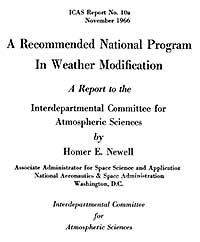Rayelan reflects back when she first watched BP’s video coverage of the oil rig explosion and noticed that the underwater scene looked like a volcanic explosion.
The idea that volcanic activity may be connected to the Deepwater Horizon oil spill is not as far-fetched as it may appear.
In 1989, Science Magazine published a report by LSU researchers David B. Prior, Earl H. Doyle, and Michael J. Kaluza that disclosed that a natural seafloor explosion blew open a large crater at the bottom of the Gulf of Mexico southeast of the Mississippi River Delta that measured 280 meters across, 400 meters long, and 58 meters deep. Prior speculated that hydrocarbon deposits which are prevalent in the Gulf accumulated underneath an impermeable section of the ocean floor until pressure forced the buoyant gas to blow off its cover.
Evidence for Sediment Eruption on Deep Sea Floor, Gulf of Mexico
DAVID B. PRIOR, EARL H. DOYLE, and MICHAEL J. KALUZA
Science
27 January 1989: 517-519.





![[Most Recent Exchange Rate from www.kitco.com]](http://www.weblinks247.com/exrate/exr24_eu_en_2.gif)
